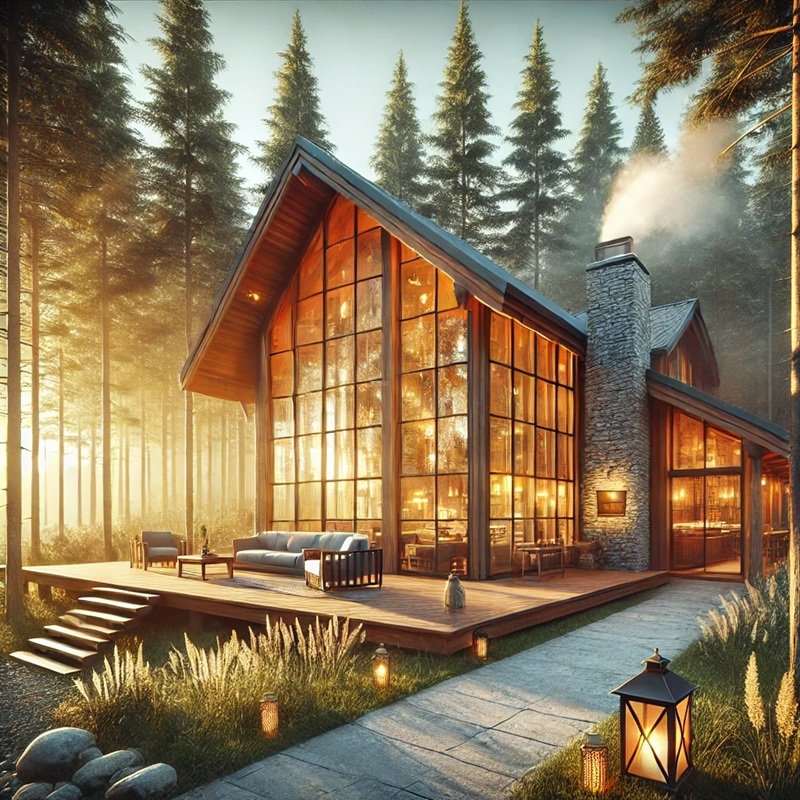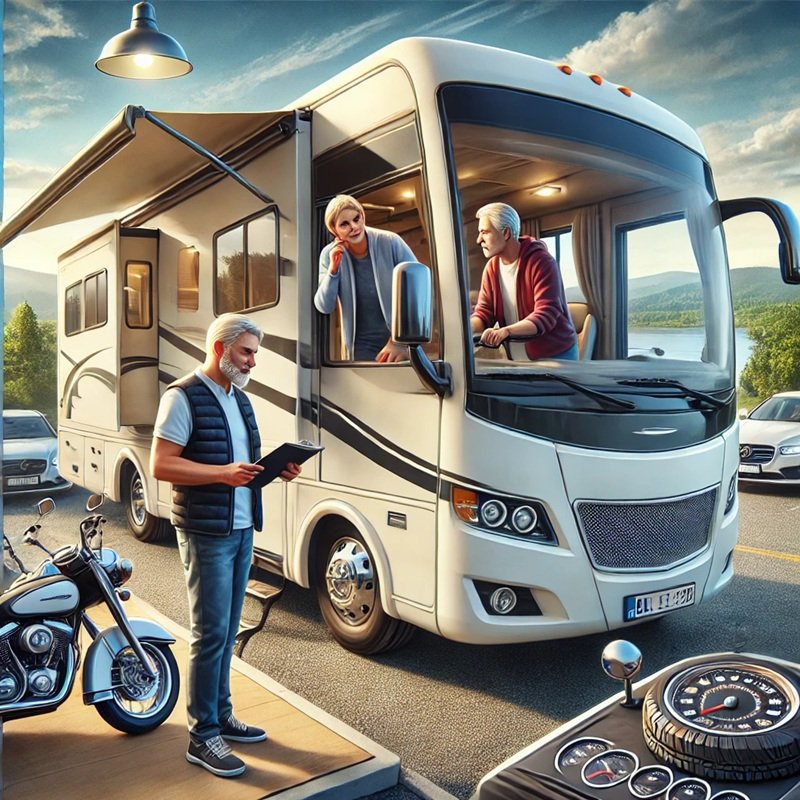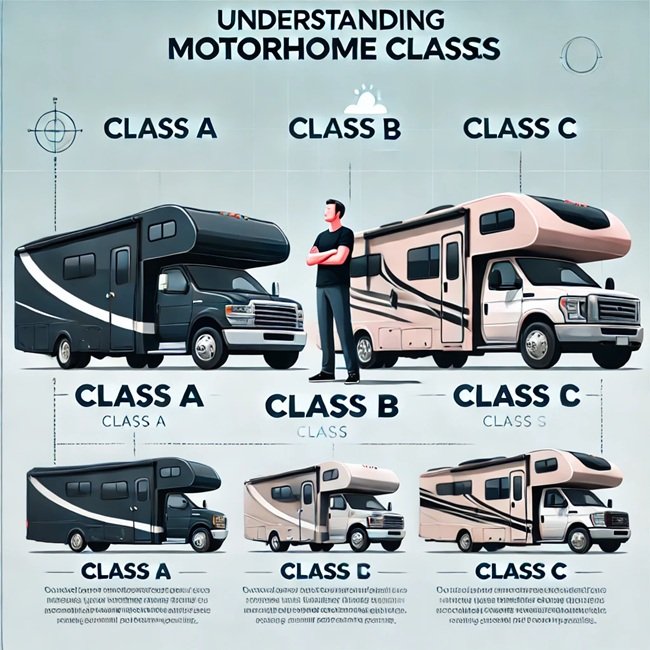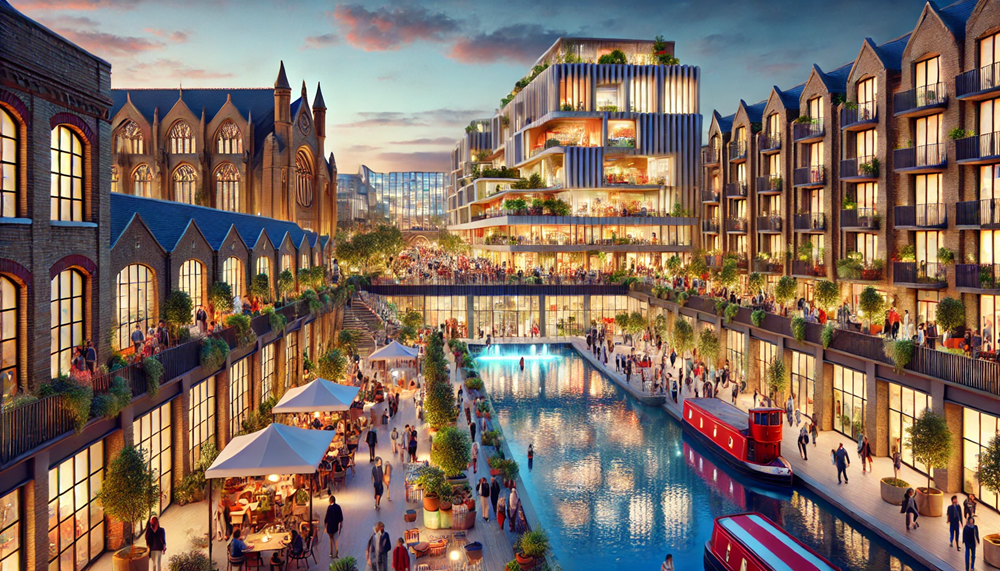Imagine waking up to the sound of rustling leaves, sunlight streaming through panoramic windows, and the scent of pine filling the air. A cabin in the woods is more than just a dwelling—it’s an escape, a retreat, and a harmonious blend of nature and architecture. Whether you envision a minimalist off-grid haven or a luxurious woodland lodge, designing a cabin is both an art and a science.
In this series, we will explore every facet of designing a cabin in the woods, from conceptual planning and sustainable materials to innovative layouts and off-grid solutions. This first article will introduce the foundational aspects of cabin design and set the stage for a deeper dive into each topic in the upcoming articles.

Finding the Perfect Location
The location of your cabin will significantly influence its design, sustainability, and longevity. Choosing the right spot means considering climate conditions, terrain features, and accessibility. The climate will dictate insulation needs, heating, and cooling strategies. If your location experiences harsh winters, passive solar heating and thermal mass materials should be prioritised. For humid environments, designing for airflow and moisture control is essential.
The terrain also plays a crucial role in shaping the structure. A sloped site may inspire a split-level design or a cantilevered structure that extends into the landscape. Proximity to a water body or dense forest can enhance the experience but also brings challenges such as flood risks and tree root management. Accessibility should also be a consideration, ensuring that a road or path to the cabin does not disrupt the natural surroundings.



